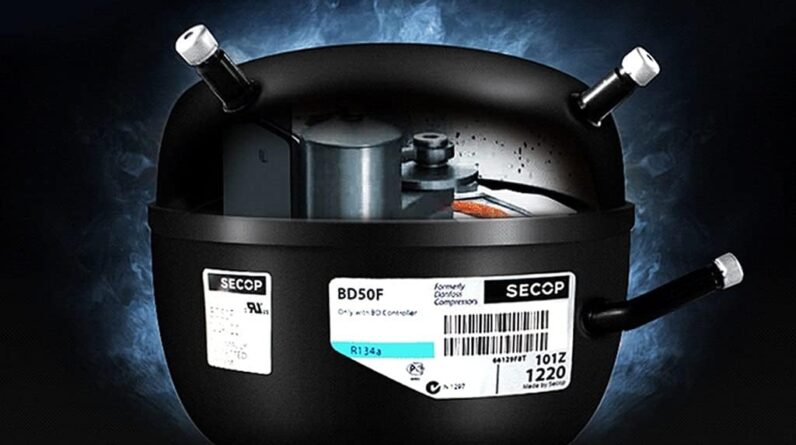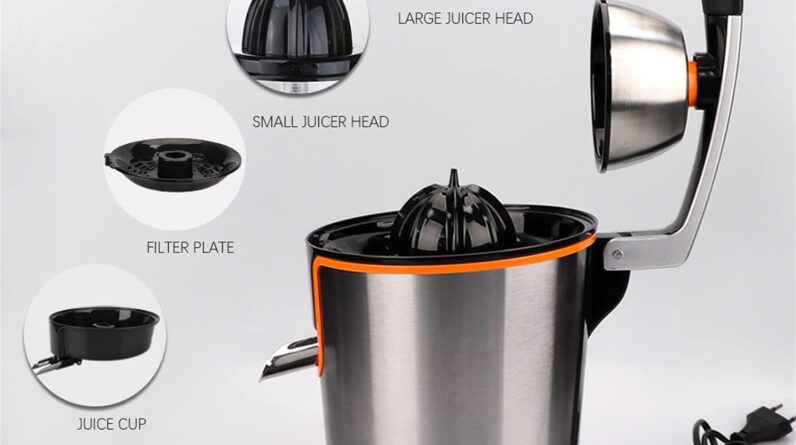
Have you ever wondered if your oven’s heating element is functioning properly? Whether you’re an aspiring chef or a home cook, ensuring that your oven is working correctly is essential for preparing delicious meals. In this article, we will explore straightforward methods to test if your oven’s heating element is in good working condition. By following these simple steps, you can cook with confidence and avoid any surprises during your culinary adventures. So, let’s dive in and discover how to test your oven’s heating element!

Visual Inspection
When it comes to troubleshooting your oven’s heating element, the first step is to visually inspect it for any physical damage. Look for any signs of burning or melting, as these could indicate a problem with the element. Check for any visible cracks, breaks, or discoloration, which could be signs of wear and tear or overheating. It’s important to remember that a damaged heating element can affect the overall performance and efficiency of your oven. If you notice any issues during your visual inspection, it may be time to proceed with further testing.
Testing with a Multimeter
To accurately determine if your oven’s heating element is functioning correctly, testing it with a multimeter is essential. Before you begin, gather the necessary tools, including a multimeter with a resistance measurement mode. Once you have your tools ready, start by isolating the power supply to your oven. This will help prevent any accidental electrical shocks during the testing process. Next, disconnect the heating element from the oven. This step can vary depending on your oven’s make and model, so consult the manufacturer’s guidelines for specific instructions.
With the heating element disconnected, set your multimeter to the resistance measurement mode. This mode allows you to measure the electrical resistance of the heating element, which should fall within a specified range. Touch the multimeter’s probes to the respective terminals of the heating element and take note of the resistance reading on the display. Compare this reading to the recommended range provided by the manufacturer. If the resistance reading is significantly higher or lower than the recommended range, it could indicate a faulty heating element.

Check the Oven’s Temperature
Another method to test your oven’s heating element is by checking the oven’s temperature accuracy. Start by preheating your oven to a specific temperature, which should be high enough to clearly notice any discrepancies. Once the oven is preheated, use an oven thermometer to measure the actual temperature inside the oven. Place the thermometer in the center of the oven and allow it to stabilize. After a few minutes, take note of the thermometer reading.
Compare the thermometer reading to the temperature you set on the oven’s control panel. If there is a significant difference between the two, it could indicate an issue with the heating element. For example, if the oven is consistently not reaching the desired temperature or if it is overheating, it might be time to inspect the heating element further.
Testing with an Amp Clamp
In addition to using a multimeter, you can also test your oven’s heating element using an amp clamp. An amp clamp allows you to measure the current flowing through the heating element. To begin, acquire an amp clamp that is suitable for the electrical specifications of your oven. Before testing, it is crucial to prepare the oven properly. Make sure it is disconnected from the power supply and that there are no electrical hazards present.
Attach the amp clamp around one of the wires connected to the heating element. Ensure that the clamp is securely attached and that there is no interference with other components inside the oven. Once you have the amp clamp in place, turn on the oven and set it to the desired temperature. The amp clamp will measure the current flowing through the heating element, providing valuable information about its performance. Compare the measured current to the manufacturer’s specifications to determine if the heating element is functioning correctly.

Testing for Continuity
Continuity testing is another method to assess the health of your oven’s heating element. To start, turn off the oven and disconnect it from the power source. It is crucial to prioritize your safety and take necessary precautions when working with electrical appliances. Once the oven is safely disconnected, access the electrical connectors for the heating element. These connectors are usually located at the rear of the oven or inside the oven cavity.
Use a multimeter set to the continuity measurement mode to test the electrical connections. Place one probe on each electrical connector and check for continuity. If the heating element has continuity, it means the electrical path is intact, and it should be functioning properly. However, if there is no continuity or if the multimeter shows a reading outside the expected range, it could indicate a faulty heating element that needs to be replaced.
Inspecting the Wiring
In some cases, the issue with your oven’s heating element may not lie solely with the element itself but also with the internal wiring. Before inspecting the wiring, always prioritize safety by ensuring the oven is disconnected from the power source. Additionally, it is recommended to wear safety gloves and eye protection when working with electrical components.
To access the wiring, you typically need to remove the back panel of the oven. Refer to the manufacturer’s guidelines for specific instructions on how to safely remove the back panel. Once removed, carefully inspect the wiring harness that connects the heating element to the oven’s electrical system. Look for any loose or damaged wires, frayed insulation, or signs of overheating, such as discoloration or melting. If you notice any issues with the wiring, it is advisable to consult a professional technician or an electrician to address the problem effectively.
Contacting a Professional
If you are unsure about performing any of the tests or inspections mentioned above, it is always wise to seek professional assistance. Dealing with electrical components can be dangerous if you are not experienced or familiar with the necessary safety precautions. A professional technician will have the expertise to diagnose the problem accurately and ensure that any necessary repairs or replacements are performed correctly.
Replacing the Heating Element
If your tests confirm that the heating element is indeed faulty, you may need to replace it. Start by ordering a replacement heating element that is compatible with your oven’s make and model. Ensure that the power is disconnected and, if applicable, turn off the gas supply to the oven. Disconnect the old heating element by removing any mounting screws or clips that secure it in place. Carefully detach the electrical connectors from the element, taking note of their locations for the installation of the new element.
With the old element removed, install the new heating element by connecting the electrical connectors in the correct positions. Secure the element in place using the mounting screws or clips. Double-check that all connections are secure and that there is no excess tension on the electrical wires. Once the new heating element is installed, you can reconnect the oven to the power supply and test its functionality.
Troubleshooting Other Issues
While the heating element is a common culprit for oven malfunctions, there are other components that may require troubleshooting as well. Two components worth checking are the oven’s control board and the thermostat. The control board regulates the oven’s functions and settings, while the thermostat maintains the desired temperature. Examine these components for any noticeable damage, loose connections, or other signs of malfunction. If you suspect an issue with either the control board or the thermostat, it is advisable to consult a professional technician for further assistance.
Safety Tips
When working with electrical appliances, especially ovens and their heating elements, safety should always be the top priority. Here are some essential safety tips to follow:
- Always disconnect the power supply before performing any inspections, tests, or repairs.
- Avoid touching live wires or electrical components without proper protection, such as insulated gloves.
- Make sure the oven is completely disconnected from the power source to prevent any electrical shocks.
- If unsure or uncomfortable, seek professional assistance from a certified technician or electrician.
Remember, electrical appliances can pose serious risks when mishandled. Prioritizing safety ensures a smooth and safe troubleshooting process.
In conclusion, testing if your oven’s heating element is working correctly is essential to maintain optimal cooking performance. By visually inspecting, testing with a multimeter, checking the oven’s temperature, using an amp clamp, testing for continuity, inspecting the wiring, and troubleshooting other issues, you can identify and address any problems with the heating element. If in doubt, don’t hesitate to contact a professional for assistance. With the proper knowledge and caution, you can ensure your oven continues to provide delicious meals for years to come.





